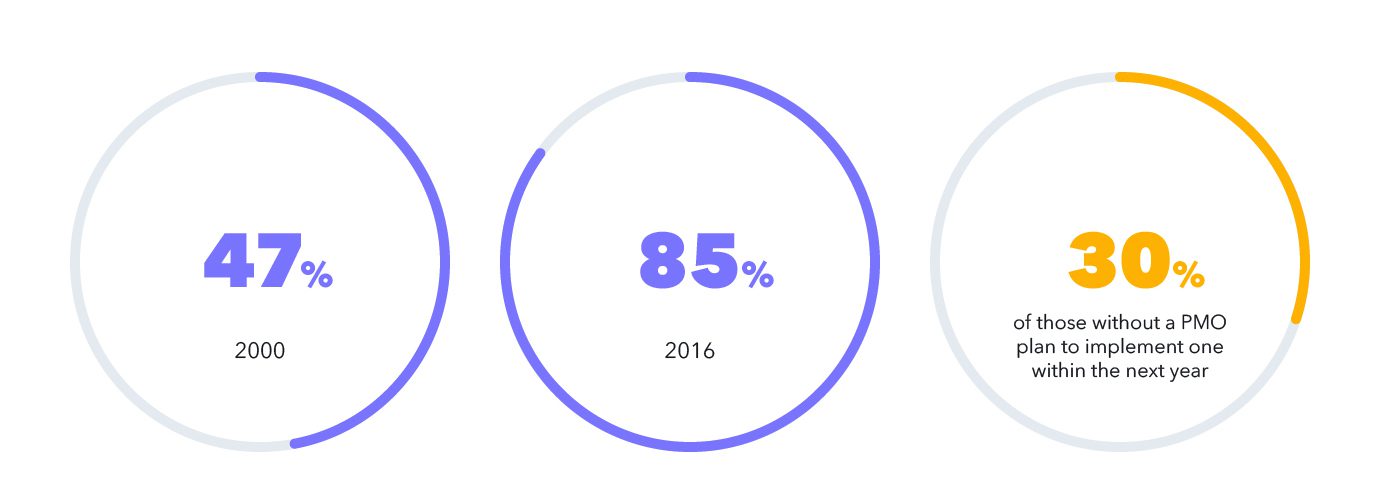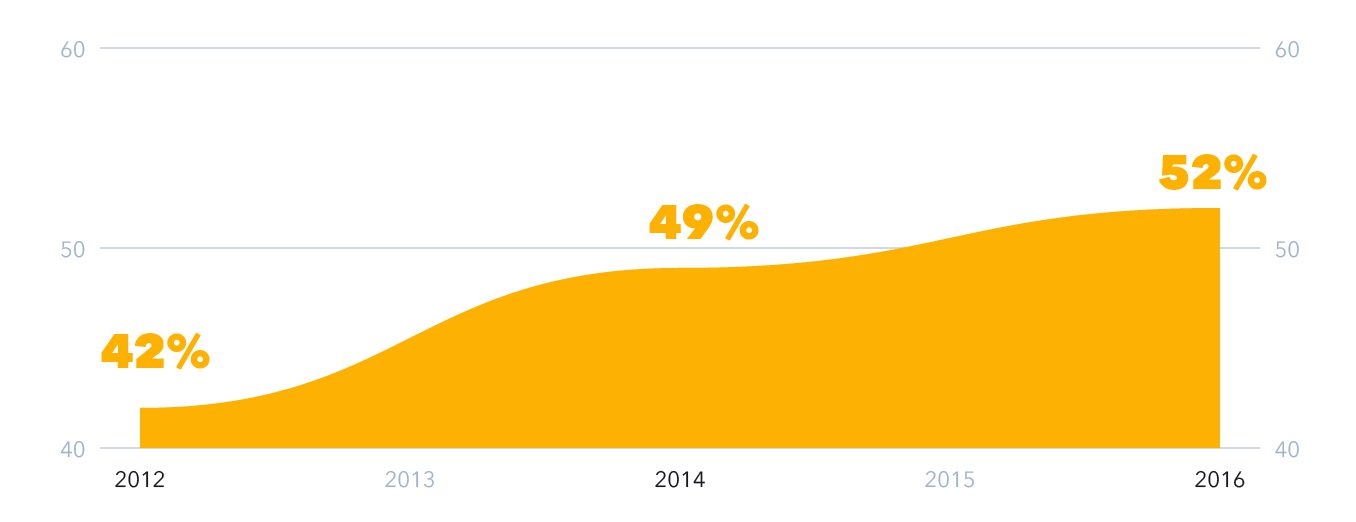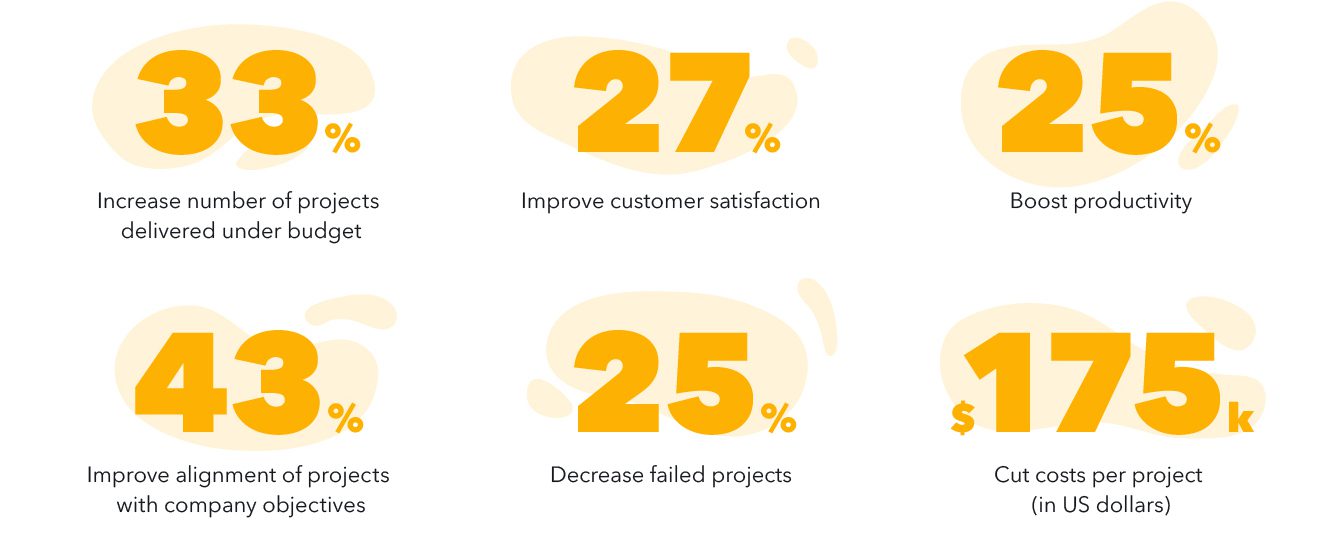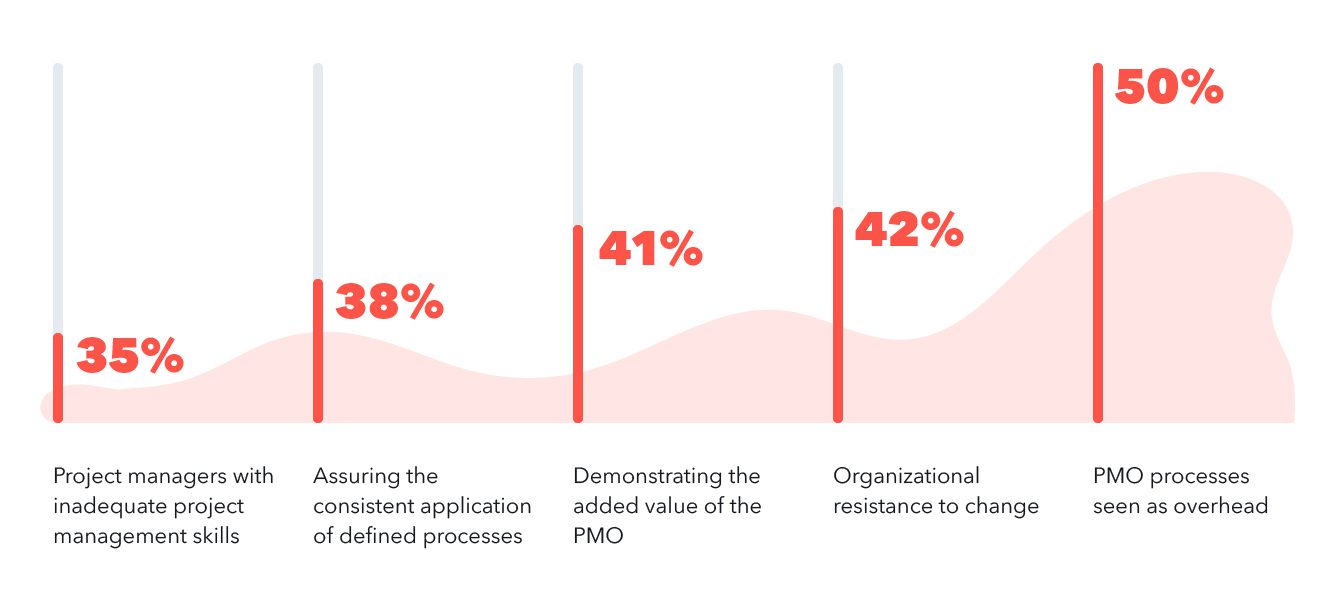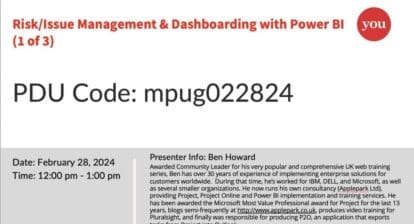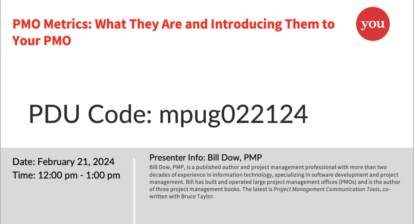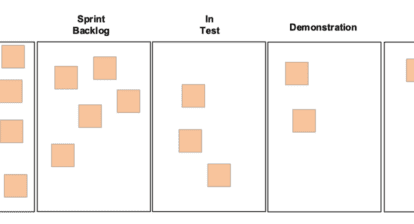Project management is a discipline loaded with acronyms: PMP, PRINCE2, CPM, WBS, PMBOK, PMI… and about 150 others. Whether or not you’re a project manager by title, one acronym you’re sure to hear more often is PMO.
“What is PMO?” you might ask. PMO stands for “project management office.” Project management offices have exploded in popularity over the last decade. The percentage of companies with a PMO has nearly doubled since 2000, according to The State of the PMO 2016.
But what exactly is a PMO, and what purpose does it serve in project management and business?
Definition of PMO
A PMO (project management office) is an internal or external group that defines and maintains project management standards across an organization. It’s responsible for keeping best practices and project status and directions in one place, enabling the repetition and execution of the organization’s initiatives. The PMO is the keeper of documentation, guidance, and metrics for project execution, ensuring projects are completed on time and on budget.
Who Needs a PMO?
Not every company has a PMO, nor does every company need a PMO. However, PMOs are particularly useful as the number of projects grow in an organization, which increases the risk of failure as resources get stretched and competing priorities arise. A PMO plays conductor, understanding how each proposed project fits into the greater business strategy to ensure resources are allocated properly and minimize project failure.
You may need a PMO if:
Projects repeatedly finish later than planned or over budget
Projects are not properly aligned with business goals
Your stakeholders do not have visibility into project progress
You do not have a standardized process for initiating and executing projects
You are not able to track project success accurately
How Popular Are PMOs?
PMOs are becoming increasingly popular for organizations of all sizes. In 2000, just 47% of organizations had a PMO. In 2016, 85% reported having a PMO. For companies with revenue over $1B, that number climbs to 95%. Meanwhile, 30% of firms without a PMO claimed they would implement one within the year.
Who Staffs the PMO?
PMO staff are highly experienced professionals, averaging at least 10 years in the workforce. In addition, 45% have a PMP (Project Management Professional) certification. The average PMO has nine staff members.
PMOs operate according to the organization’s needs and goals, so each PMO is structured differently. Nearly half (49%) of PMOs report directly to C-level executives, while the vast majority of PMOs report to a vice president or higher.
The PMO Director
Some 85% of PMOs have a PMO Director or Manager to oversee projects across the entire organization. This can include maintaining project management methodologies, standards, and tools, establishing the organization’s approach to the full life cycle of projects, and managing resource distribution and allocation on all projects.
Project and Program Managers
Project and program managers are increasingly reporting into the PMO. The percentage of project managers who report to the PMO increased from 42% in 2012 to 52% in 2016. In addition, 29% of organizations report 100% of their project managers report to the PMO.
Support Roles
PMOs often include supporting roles to assist project and program managers with gathering accurate data. These roles include:
- Project schedulers
- Project planners
- Project controllers
- Administrative staff
PMO Trainers and Coaches
Training plays a large role in the PMO. More than half (60%) of PMOs have a project management training program in place (up from 49% in 2014). On average, PMOs provide five days of training for their staff. High-performing PMOs offer project management training in the following areas:
79%: Project Management Software Tool Training
76%: Project Management Basics
67%: Advanced PM Skills Development
61%: Power Skills Training
48%: Business Alignment Training
48%: PMP Preparation
42%: PM Certificate
33%: Agile Project Management
Benefits of a Good PMO
PMOs are often perceived as an unnecessary cost, but they provide a lot of value when performing properly. PMOs create value by:
- Delivering projects under budget
- Increasing customer satisfaction
- Improving productivity
- Improving alignment of projects with the company’s objective
- Decreasing the number of failed projects
The chart below provides a quantifiable breakdown of PMO benefits, according to PM Solutions Research, a project management consulting firm.
PMO Challenges
Although the benefits of a PMO are clear, PMO processes are often seen as overhead. Demonstrating added value can be difficult for the PMO, and the change management processes they seek to implement are sometimes met with resistance.
To overcome these obstacles, PMOs should focus on measuring and reporting on the top PMO benefits outlined in the previous section. Demonstrating quantifiable impact across productivity, cost savings, customer satisfaction, and other KPIs proves value and increases trust across the organization.
Future of PMO
PMO popularity is increasing, though what PMOs will look like in the future is uncertain. Emerging technologies like smart machines, AI (Artificial Intelligence), and the IoT (Internet of Things) could eliminate many of the PMO’s day-to-day functions. In addition, many organizations now value the ability to deliver change fast, forcing them to show their value in new ways.
“PMO leaders must re-evaluate and likely adjust their staff competencies, disciplines, metrics and tools to enable enterprise transformation in the digital era,” according to a Gartner report. (Gartner, PMO Transformation Primer for 2018, Robert A. Handler, Joanne Kopcho, 1 February 2018). “PMOs failing to adapt face being pigeonholed into cost management or obsolescence.”
PMOs can continue to show value in the face of change in these following ways:
- Identify and align with their organizations’ values better. If their organizations seek more agility, PMOs must be ready to shift how they work to accommodate.
- Use metrics and dashboards to demonstrate the value of the projects and programs they touch, as well as the PMO itself
- Balance the need for innovation with the need for stability
- Not only provide strategy, but understand how to execute on it
- Understand how new technologies and systems like AI and the IoT will affect how work gets done
The Bottom Line for Project Management Office
The PMO remains an increasingly essential part of a successful organization. And as new technology emerges and companies seek more innovation, PMOs must evolve to remain relevant and valuable.
Originally published on Wrike Blog. Used with permission.



